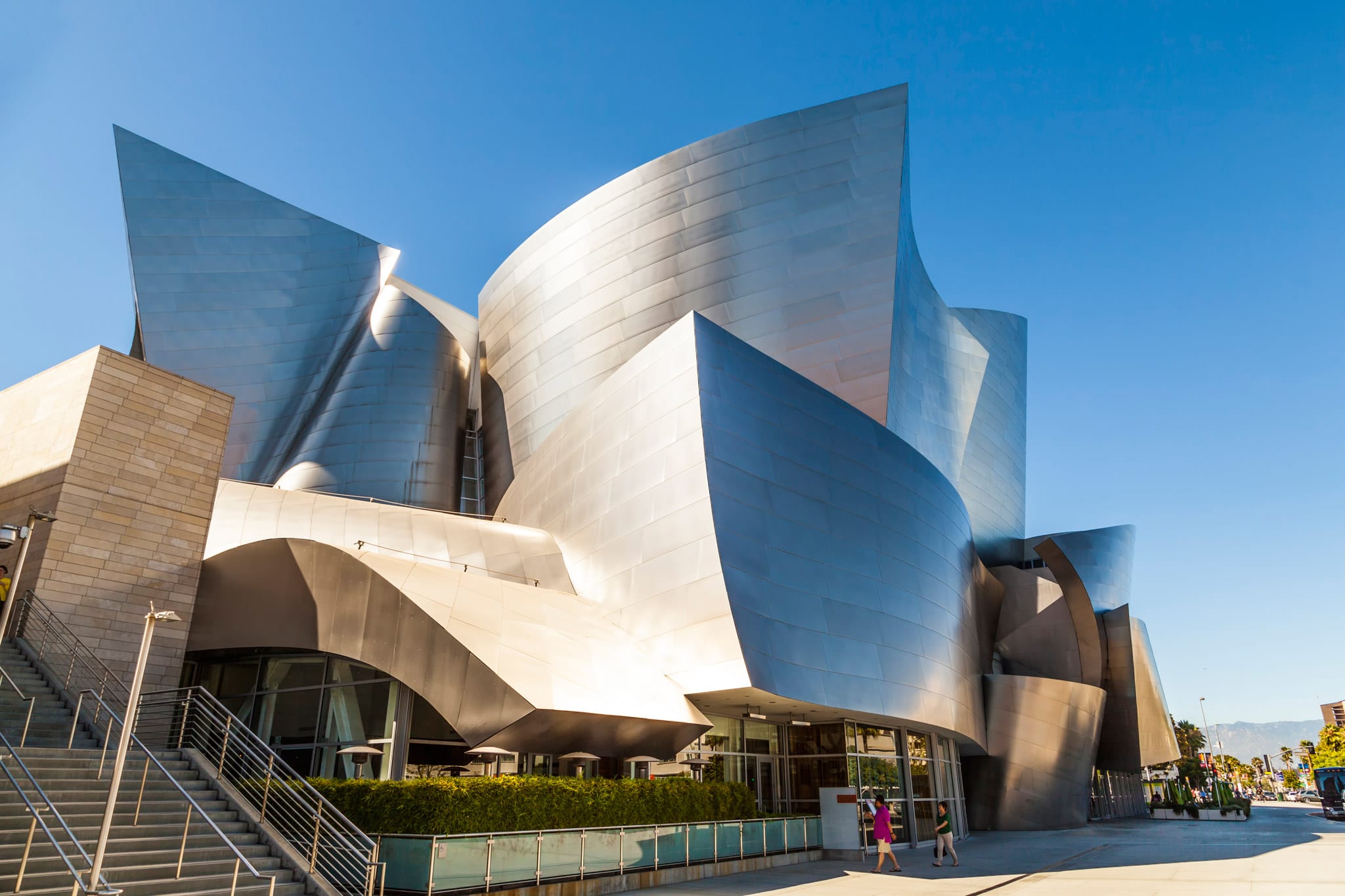The Creative Process Behind Effective Projects from CDA Architects
The Creative Process Behind Effective Projects from CDA Architects
Blog Article
A Comprehensive Overview of Architectural Designs and Their Influence on Modern City Planning and Growth
Architectural styles have long served as a mirror to the social values and technological developments of their time, playing a crucial duty in shaping modern city preparation and development. From the magnificence of Neoclassicism to the practical strategy of Brutalism, each style has presented unique concepts that affect metropolitan aesthetics and functionality.
Historical Overview of Building Designs
Throughout background, architectural styles have evolved in action to social, technical, and environmental factors. Each duration reflects the dominating worths, beliefs, and innovations of its time, bring about a rich tapestry of style that represents human imagination and adjustment. The ancient worlds, such as the Egyptians and Greeks, developed fundamental styles that emphasized proportion and proportion, offering both practical and visual functions.
As societies transitioned via the Center Ages, Gothic design emerged, defined by its verticality and elaborate describing, matching the spiritual goals of the period. The Renaissance noted a rebirth of classical perfects, combining art and architecture in cutting-edge manner ins which affected succeeding styles across Europe.
The Industrial Revolution introduced new materials and building and construction strategies, motivating movements like Innovation, which tested traditional types and embraced simpleness and performance. The 20th century saw a diversity of designs, with Postmodernism reacting versus the plain minimalism of its predecessor, integrating historical references and diverse aspects.
Today, architectural styles continue to develop, driven by globalization and sustainability concerns, mirroring a dynamic interplay between heritage and innovation. This historic review highlights the value of architecture as a mirror of societal advancement and as a driver for urban growth.
Trick Architectural Styles Explained
The diversity of building styles shows the myriad influences that shape our built atmosphere, each personifying distinct features and cultural relevances. Secret building styles include Classic, Gothic, Baroque, Innovation, and Postmodernism, each standing for special historic contexts and visual ideologies.
Classic design, rooted in old Greece and Rome, highlights proportion, proportion, and the use of columns. On the other hand, Gothic design, flourishing in the center Ages, is characterized by sharp arches, ribbed safes, and flying buttresses, producing a spiritual top quality in cathedrals. Baroque architecture, arising in the 17th century, is noted by grandeur, sophisticated decoration, and a vibrant interplay of light and darkness.

Comprehending these designs supplies insight right into the cultural narratives and technological advancements of their particular periods, highlighting exactly how architecture serves not equally as a shelter, but as a reflection of social worths and ambitions.
Impact on Urban Preparation
In shaping the advancement of cities, architectural designs considerably influence metropolitan planning choices. The option of building design commonly determines the visual appeals, performance, and total character of urban settings.
Moreover, have a peek at these guys architectural designs can affect zoning regulations and land make use of policies. Urban planners must consider the dominating architectural fads when creating areas, making sure that brand-new growths balance with existing structures. This factor to consider promotes cohesive urban landscapes and enhances area identity.
The execution of particular architectural styles can likewise affect socioeconomic factors within a city. Premium contemporary layouts might attract affluent citizens and businesses, leading to gentrification, while more economical real estate options could prioritize sensible and sustainable designs to suit diverse populaces. Ultimately, the interaction between architectural designs and city planning creates dynamic cities that mirror both historical context and contemporary needs, forming the lived experiences of their citizens.
Sustainability and Modern Style
Architectural designs play a pivotal duty in attending to contemporary challenges, especially in the realm of sustainability. As metropolitan locations increase and ecological worries magnify, contemporary style significantly accepts lasting layout principles that focus on power efficiency, source conservation, and minimal environmental influence.
Contemporary architectural motions, such as biophilic design and green style, supporter for frameworks that harmonize with their environments, utilizing natural products and promoting biodiversity - cda architects. These styles often incorporate sustainable energy sources, such as photovoltaic panels and wind turbines, to decrease reliance on nonrenewable fuel sources and reduced carbon footprints
Moreover, the assimilation of sophisticated technologies, such as clever building systems, improves energy administration, optimizing source use while guaranteeing passenger convenience. Innovative water management techniques, consisting of rainwater harvesting and greywater recycling, more add to lasting metropolitan settings.
Especially, sustainability expands beyond environmental problems; it encompasses social and financial measurements also. By cultivating community health and advertising inclusivity, modern-day building designs straighten with sustainable growth goals. The development of architectural techniques continues to shape resilient cities that additional info not only fulfill the demands of the existing however additionally secure the future for generations to come.
Area Interaction in Design
Community engagement in design works as a critical bridge in between designers and the populations they offer, making certain that the built atmosphere shows the needs and aspirations of its users. This joint process have a peek here welcomes area participants to add their understandings and preferences, cultivating a sense of ownership and obligation toward the areas they occupy.
Effective community engagement utilizes various methods, such as workshops, surveys, and public discussion forums, to collect varied perspectives (cda architects). These approaches assist in a two-way discussion, enabling architects to comprehend regional contexts while empowering homeowners to voice their worries and needs. This inclusivity not only enhances the layout high quality yet also advertises social equity by resolving the distinct obstacles dealt with by marginalized groups

Final Thought
Architectural styles have actually greatly influenced modern city preparation and development, mirroring advancing social and technical contexts. As cities continue to expand and adjust, the continuous discussion in between building heritage and modern design concepts will stay crucial in developing inclusive, dynamic spaces that boost quality of life and promote social equity.
Report this page